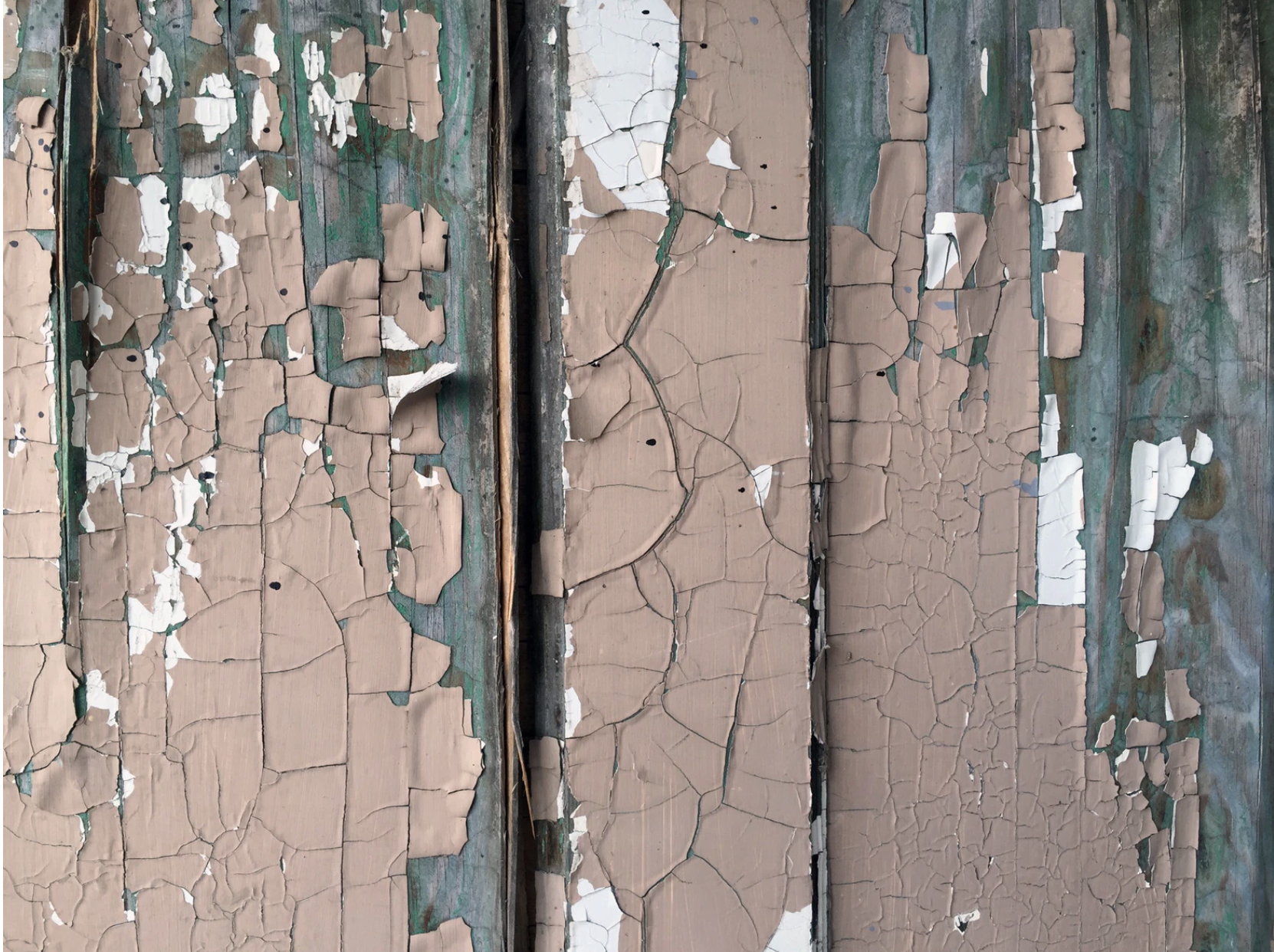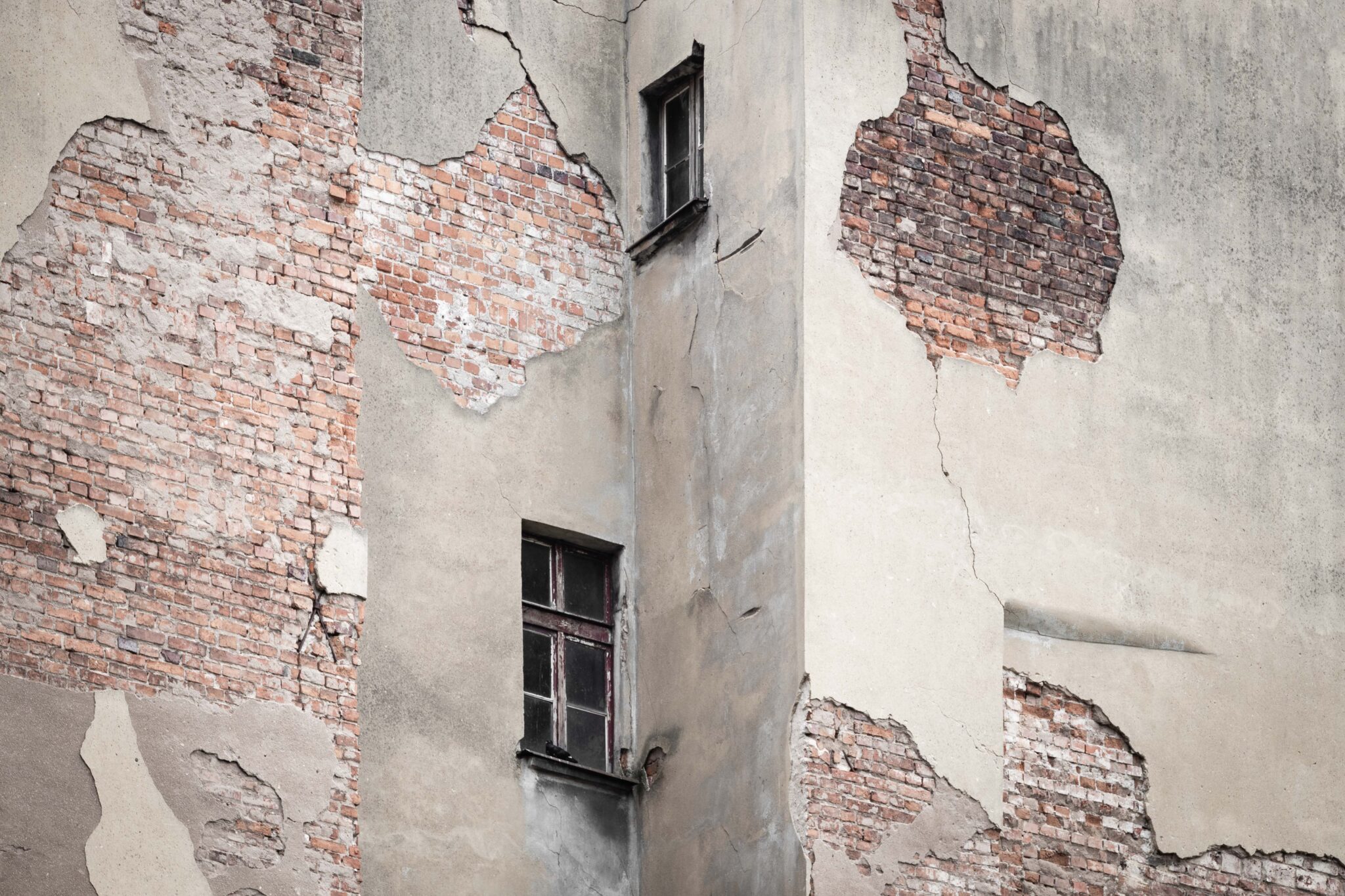
Exploring the Hidden History of Stem Walls
Stem walls are a fundamental yet often overlooked component in construction. These sturdy vertical barriers, typically made of concrete or masonry, play a vital role in supporting a building’s structure and ensuring its stability. However, stem walls hold a fascinating history beyond their practical purpose, offer creative design possibilities, and contribute to sustainable building practices. This article will delve deep into stem walls, uncovering their hidden history, unconventional uses, environmental impact, challenges, solutions, and future trends.

Tracing the Roots of Stem Walls: A Journey Through History and Innovation
Stem walls, those ubiquitous concrete or masonry structures that form the foundation of countless buildings, have a long and fascinating history that intertwines with the evolution of construction practices. To fully grasp their significance, it’s imperative to embark on a journey through time, tracing their origins and witnessing their transformation from simple supports to integral components of modern architecture.
In the annals of construction history, the earliest instances of stem walls can be found in ancient civilizations. These early forms, often constructed from stone or brick, served as rudimentary foundations for structures ranging from humble dwellings to imposing temples. Their primary purpose was to provide structural support, ensuring the stability of buildings against the forces of nature and the passage of time.
As construction techniques evolved, so too did the design and implementation of stem walls. The advent of concrete, a revolutionary material that offered unmatched strength and versatility, ushered in a new era for stem walls. Concrete’s malleability allowed for the creation of more complex and durable structures, while its ability to withstand various environmental conditions made it an ideal choice for foundation construction.
Over the centuries, stem walls have transcended their purely functional role, becoming an integral part of modern architectural design. Architects and engineers have recognized the potential of stem walls to not only support structures but also enhance aesthetics and functionality. Creative applications of stem walls have led to the development of unique and visually striking buildings, where these foundational elements seamlessly blend form and function.
From cantilevered structures that defy gravity to innovative landscaping features that blur the lines between architecture and nature, stem walls have proven to be a versatile tool in the hands of architects and designers. Their ability to adapt to diverse architectural styles and serve multiple purposes has cemented their place in the modern construction landscape.
As we delve deeper into the 21st century, the evolution of stem walls continues to unfold. New construction techniques and advancements in material science are pushing the boundaries of what’s possible with these foundational elements. Sustainable building practices, such as the use of recycled materials and energy-efficient construction methods, are further shaping the design and application of stem walls.
Venturing Beyond the Ordinary: Unconventional Applications of Stem Walls
Stem walls, the sturdy concrete or masonry structures that form the bedrock of countless buildings, are often relegated to a purely functional role. However, these foundational elements possess a hidden potential to transcend their traditional boundaries, serving as catalysts for creative expression and architectural innovation.
- Defying Gravity with Cantilevered Structures: Stem walls have demonstrated remarkable versatility in the realm of cantilevered structures, where they play a crucial role in balancing gravity’s forces. By extending horizontally from a vertical support, cantilevers create dramatic overhangs that challenge the boundaries of conventional architecture. One notable example is the Fallingwater residence designed by Frank Lloyd Wright. This iconic structure, perched precariously over a waterfall, relies on stem walls to anchor the cantilevered balconies that extend from the living room, seamlessly blending the interior with the surrounding natural landscape.
- Blurring Boundaries with Innovative Landscaping: Stem walls, often associated with strict functionality, have found a surprising niche in the world of landscape architecture. These seemingly mundane structures can be transformed into aesthetically pleasing elements, seamlessly integrating architecture with the natural environment. The High Line in New York City provides a striking example of this concept. This elevated linear park, built on a disused railway line, utilizes stem walls as retaining walls and raised planters, creating a unique urban oasis that seamlessly blends with the surrounding cityscape.
- Embracing Creativity and Visual Impact: Stem walls, far from being merely structural components, can serve as powerful visual elements, adding a touch of drama and intrigue to architectural designs. Their ability to manipulate light and shadow, create geometric patterns, and introduce contrasting textures makes them a versatile tool in the hands of architects. The Dominus Winery in Napa Valley, California, showcases this creative application. The winery’s signature stem walls, clad in local stone, create a rhythmic interplay of light and shadow, while their varying heights and angles add visual interest to the structure.
- Redefining Interior Spaces: Stem walls have also made their mark on interior design, redefining spaces and creating striking architectural statements. Their ability to divide spaces without enclosing them, allowing for natural light flow, makes them a valuable asset in modern interior design. The Gagosian Gallery in New York City exemplifies this trend. The gallery’s large, open spaces are punctuated by strategically placed stem walls that define exhibition areas without obstructing sightlines, creating a dynamic and flexible exhibition space.
- Embracing Sustainability: In the era of sustainable building practices, stem walls have emerged as a key component in eco-friendly designs. Their ability to incorporate recycled materials, minimize waste, and provide energy efficiency makes them a compelling choice for environmentally conscious architects. The Bullitt Center in Seattle, Washington, serves as a beacon of sustainability. This LEED Platinum-certified building utilizes stem walls made from recycled concrete and incorporates passive solar design principles, demonstrating how these foundational elements can contribute to a greener future.
The Environmental Footprint of Stem Walls: Striking a Balance Between Sustainability and Function
In today’s construction landscape, sustainability has become a paramount consideration, and stem walls are no exception. These ubiquitous foundational elements, once considered solely in terms of their structural integrity, are now being carefully scrutinized for their environmental impact.
- Material Choices and Their Environmental Implications: The environmental impact of stem wall construction begins with the selection of materials. Concrete, the most common material used for stem walls, has a significant environmental footprint due to its production process. Cement manufacturing, a key component of concrete production, releases greenhouse gases and contributes to air and water pollution. However, advancements in concrete technology have led to the development of more sustainable alternatives, such as recycled concrete and fly ash concrete. Recycled concrete incorporates waste concrete materials, reducing the need for new resources and landfill disposal. Fly ash concrete utilizes a byproduct of coal-fired power plants, transforming a waste material into a valuable construction resource.
- Energy Efficiency and the Role of Stem Walls: Stem walls can play a crucial role in enhancing the energy efficiency of buildings. By providing structural support and thermal insulation, stem walls can reduce the need for heating and cooling systems, thereby lowering energy consumption and minimizing carbon emissions. In particular, insulated concrete forms (ICFs) have emerged as a sustainable alternative for stem wall construction. ICFs consist of insulating foam blocks that are filled with concrete, creating a highly energy-efficient and durable structure.
- Resilience in the Face of Natural Disasters: Stem walls can also contribute to a building’s resilience against natural disasters. Their sturdy construction can withstand the forces of earthquakes, hurricanes, and floods, minimizing structural damage and protecting occupants and property. In regions prone to earthquakes, stem walls provide reinforced support, preventing buildings from collapsing during seismic events. In coastal areas, stem walls can act as barriers against storm surges and floodwaters, safeguarding structures from damage.
- Green Building Practices and Sustainable Stem Wall Integration: Green building practices have embraced stem walls as a sustainable construction solution. By incorporating recycled materials, utilizing energy-efficient designs, and considering the impact on the natural environment, green building practices minimize the environmental footprint of stem walls. For instance, green buildings often incorporate rainwater harvesting systems, where stem walls serve as collection points for rainwater, reducing reliance on municipal water supplies. Additionally, stem walls can be integrated with green roofs, creating a sustainable ecosystem that provides insulation and reduces energy consumption.
- Striking a Balance: Sustainability and Function: The environmental impact of stem wall construction is a complex issue that requires careful consideration of material choices, energy efficiency, and resilience. While traditional concrete production has a significant environmental footprint, sustainable alternatives such as recycled concrete and fly ash concrete offer promising solutions. By incorporating stem walls into green building practices, architects and engineers can strike a balance between sustainability and function, creating structures that are not only environmentally friendly but also structurally sound and resilient in the face of natural disasters. As we continue to advance construction techniques and embrace sustainable practices, stem walls are poised to play an increasingly important role in shaping a greener and more resilient built environment.
Stem Wall Challenges: Unveiling the Issues and Embracing Innovative Solutions
Stem walls, the ubiquitous concrete or masonry structures that form the foundation of countless buildings, are not without their challenges. Like any architectural element, these foundational elements can encounter various issues that can compromise their structural integrity and overall performance.
Spalling
Spalling, the flaking or chipping of concrete, is a common challenge faced by stem walls. This deterioration can be caused by several factors, including:
- Reinforcement Corrosion: When the steel rebar embedded within the concrete rusts, it expands and exerts pressure on the surrounding concrete, causing it to crack and spall.
- Moisture Penetration: Water infiltration into the concrete can lead to freeze-thaw cycles, where freezing expands the water within the pores of the concrete, causing cracking and spalling as the concrete thaws.
- Chemical Exposure: Exposure to harsh chemicals, such as deicing salts or sulfates, can break down the concrete’s microstructure, leading to spalling and loss of strength.
Exposed Rebar
Exposed rebar, the steel reinforcement bars embedded within the concrete, can pose a significant structural threat to stem walls. When the protective layer of concrete deteriorates, exposing the rebar to the elements, it becomes susceptible to corrosion.
Corrosion weakens the rebar, reducing its ability to withstand the tensile forces exerted on the stem wall. As the rebar corrodes, it can also expand, causing cracks in the surrounding concrete, further compromising the structural integrity of the stem wall.
Cracks
Cracks in stem walls are another common issue that can have detrimental consequences. These fissures can allow water to penetrate the concrete, accelerating the corrosion of embedded rebar and potentially leading to spalling.
Cracks can also weaken the structural integrity of the stem wall, making it more susceptible to damage under stress or during seismic events. Additionally, cracks can provide a pathway for pests and insects to infiltrate the structure.
Innovative Solutions: Restoring and Reinforcing Stem Walls
Despite the challenges posed by spalling, exposed rebar, and cracks, there are a range of innovative solutions available to effectively repair and reinforce stem walls.
- Underpinning: Underpinning is a technique used to restore stability and support to stem walls that have settled or deteriorated. The process involves excavating beneath the foundation and constructing new footings or piers to transfer the load of the structure to a more stable base.
- Carbon Fiber Crack Repair: Carbon fiber crack repair is an effective method for repairing cracks in stem walls. This technique involves injecting a high-strength carbon fiber epoxy resin into the cracks, providing reinforcement and restoring the structural integrity of the stem wall.
- Seismic Retrofitting: Seismic retrofitting is a crucial measure for enhancing the earthquake resistance of stem walls. Various techniques can be employed, such as adding steel braces, strengthening joints, and installing shear walls, to improve the stem wall’s ability to withstand seismic forces.
Embracing a Proactive Approach
While innovative solutions exist to address stem wall challenges, a proactive approach is essential to prevent these issues from arising in the first place. Proper design, construction practices, and maintenance play a critical role in ensuring the longevity and structural integrity of stem walls.
By carefully selecting materials, employing skilled construction techniques, and implementing regular inspections and maintenance, the lifespan of stem walls can be extended significantly, minimizing the need for costly repairs and ensuring the stability and safety of the structures they support.

Conclusion
In the construction world, stem walls may seem like a modest and unremarkable feature. However, as we’ve discovered in this exploration, they are far more than meets the eye. From their intriguing history to their potential for innovation and sustainability, stem walls play a crucial role in modern architecture and construction. As we look to the future, we can anticipate further advancements and creative applications of these unsung heroes of the building world.

Jason Somers, President & Founder of Crest Real Estate
With over 15 years of professional experience in the Los Angeles luxury real estate market, Jason Somers has the background, judgement and track record to provide an unparalleled level of real estate services. His widespread knowledge helps clients identify and acquire income producing properties and value-ad development opportunities.
Learn more about Jason Somers or contact us.



